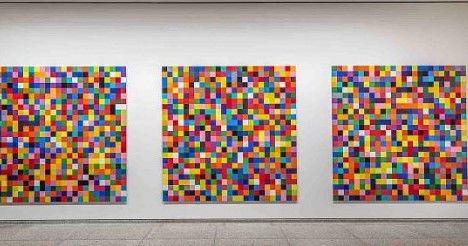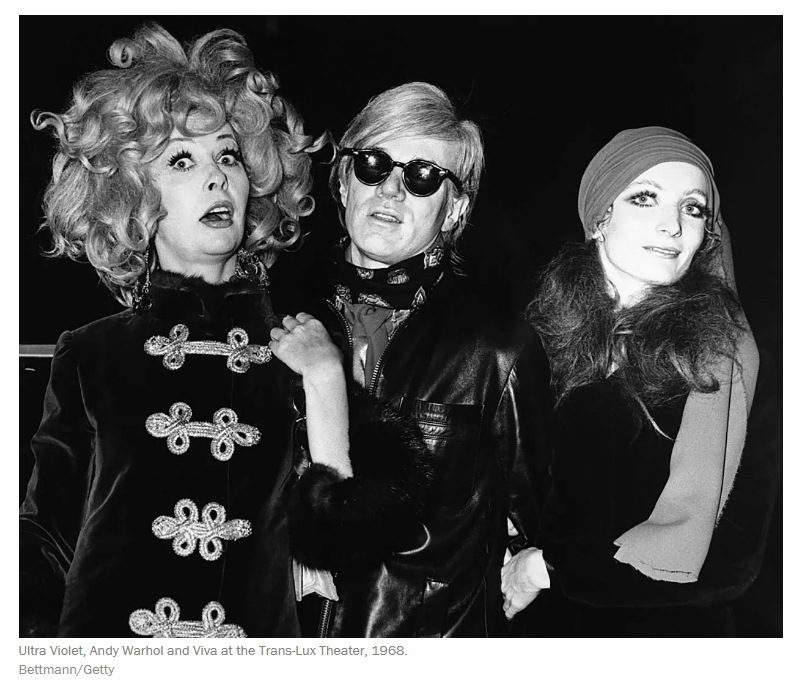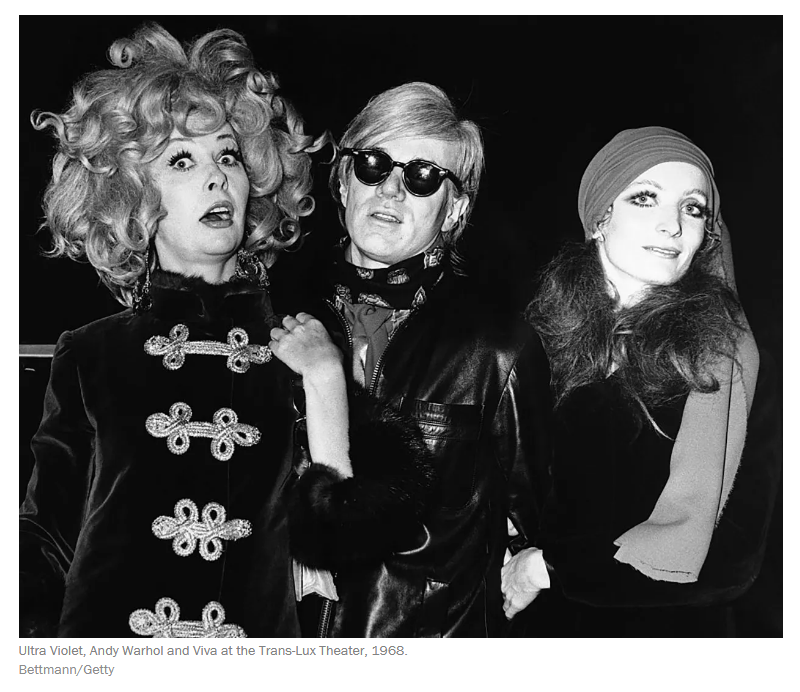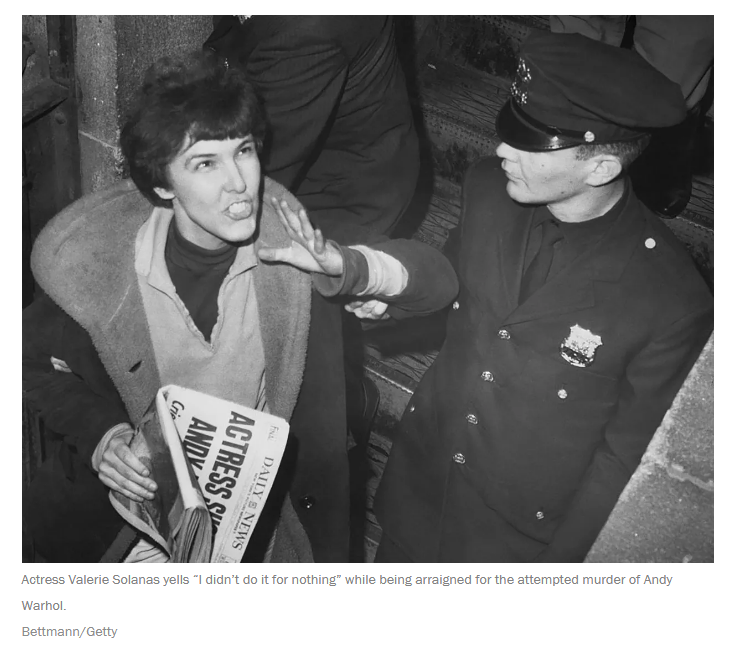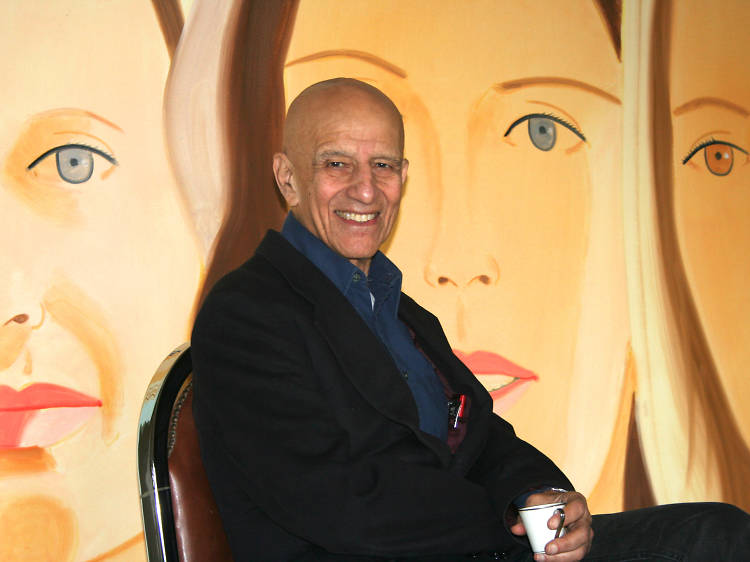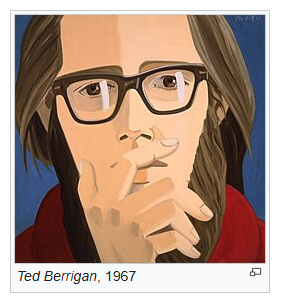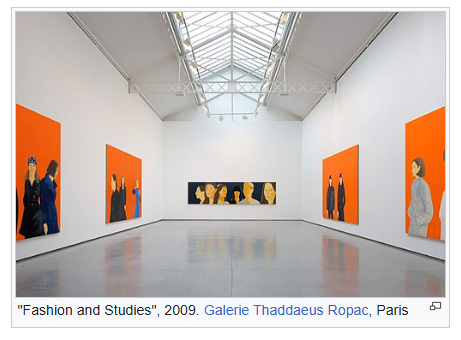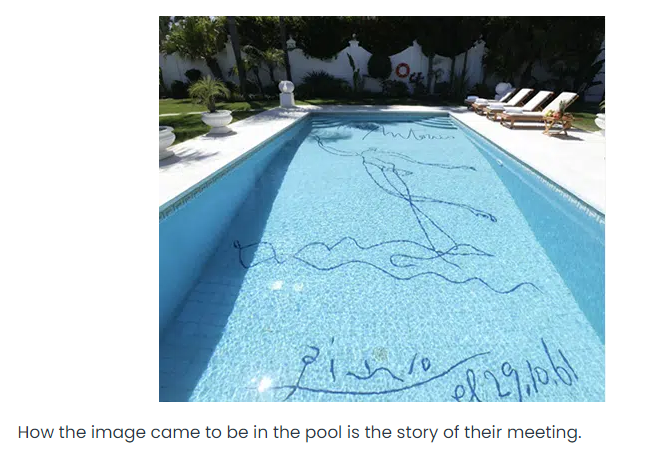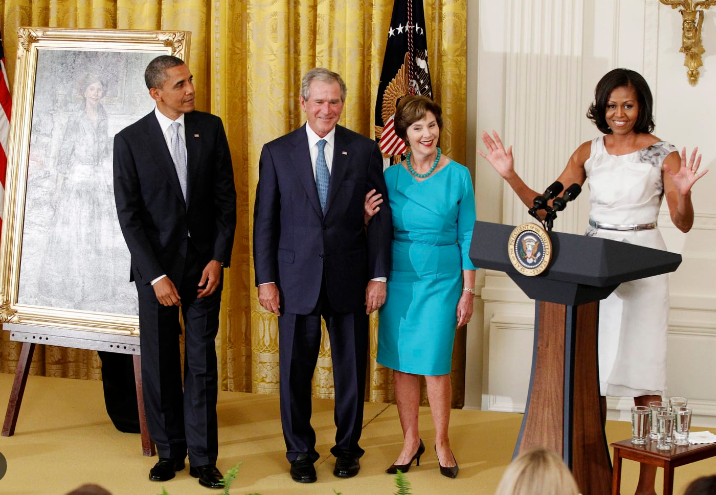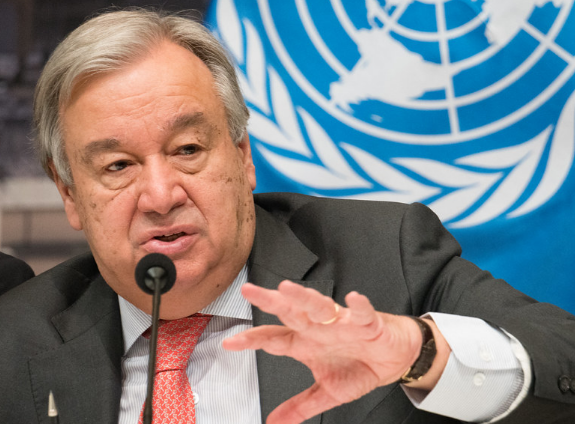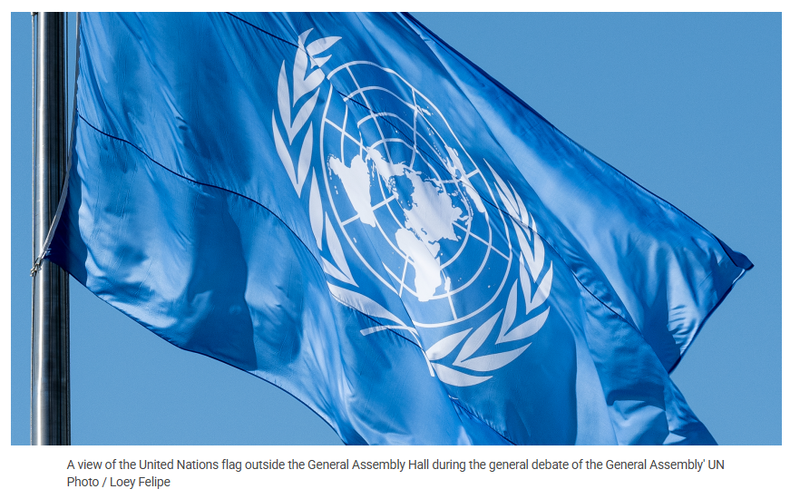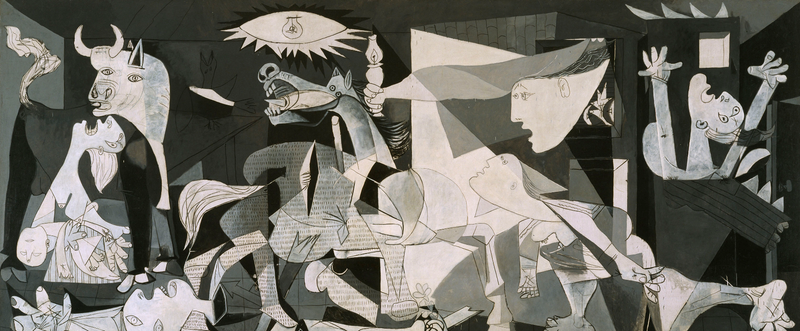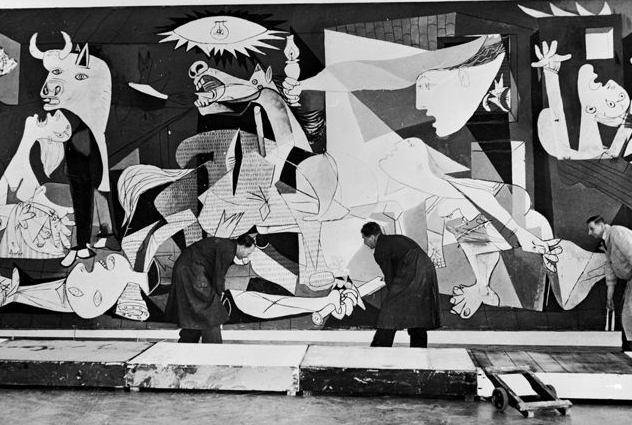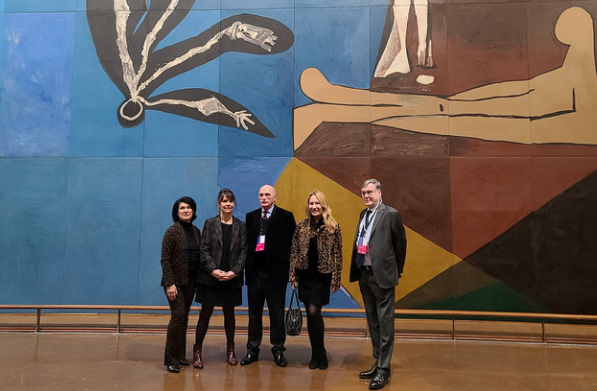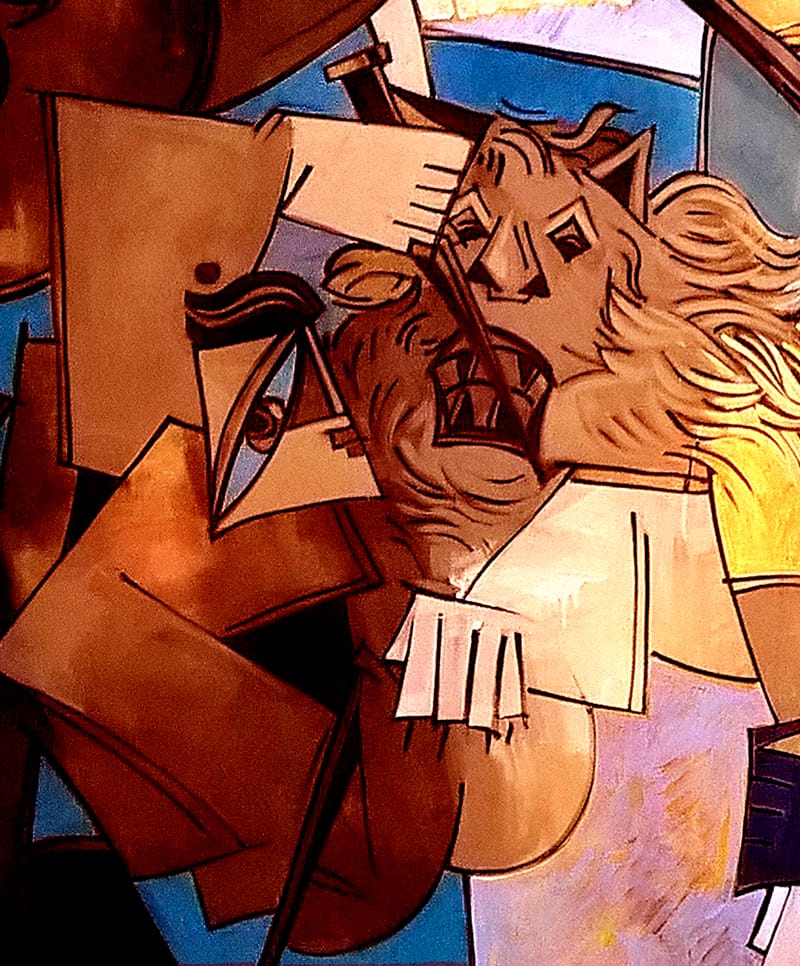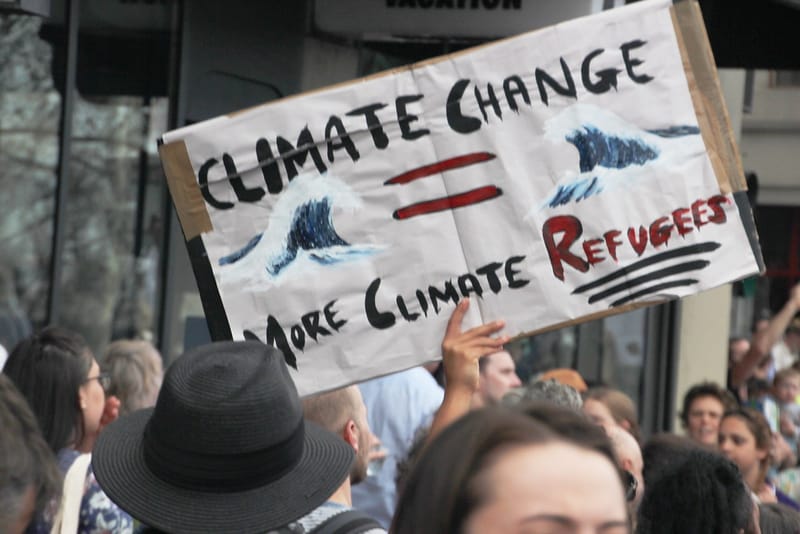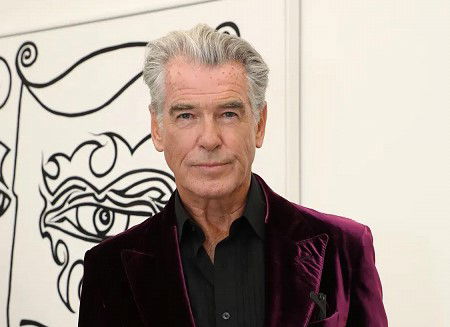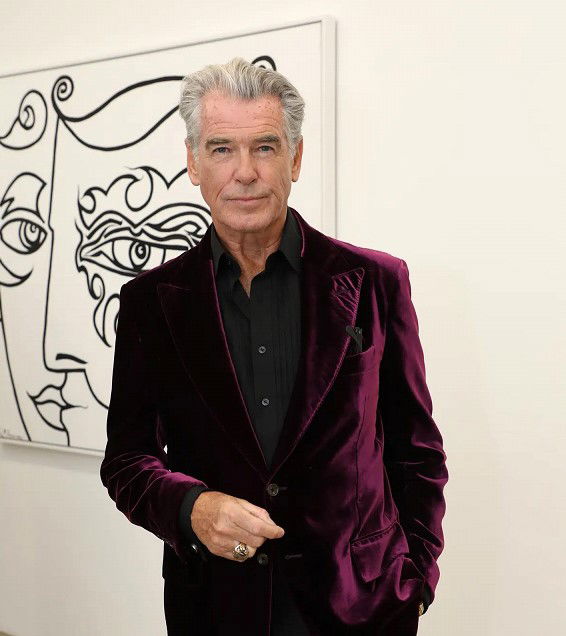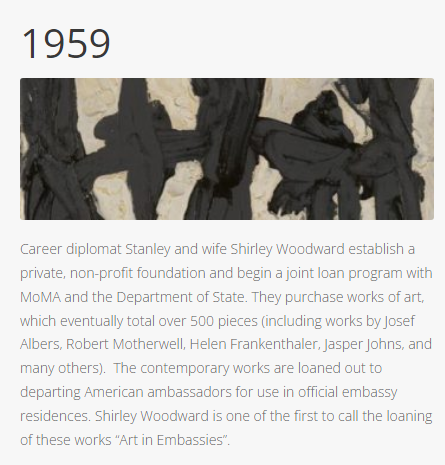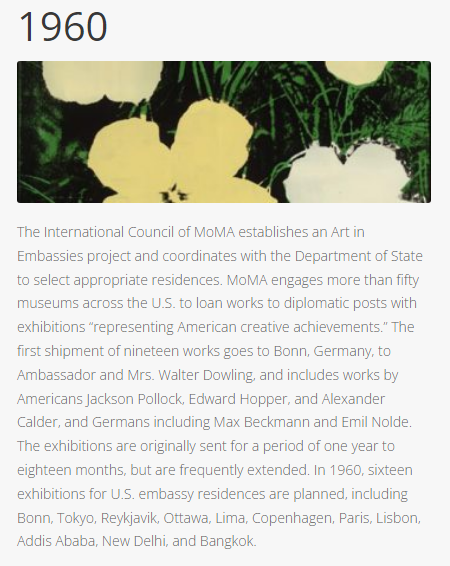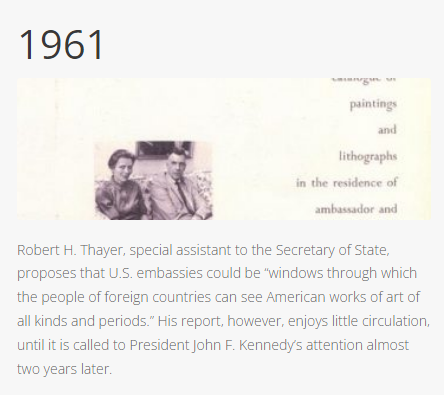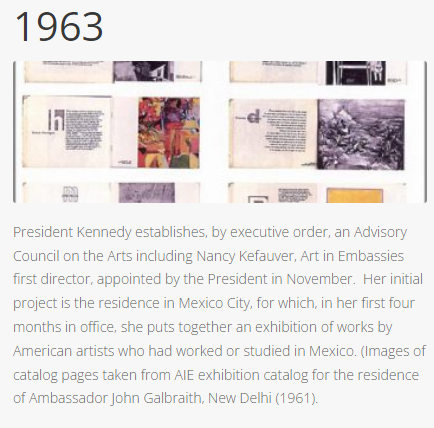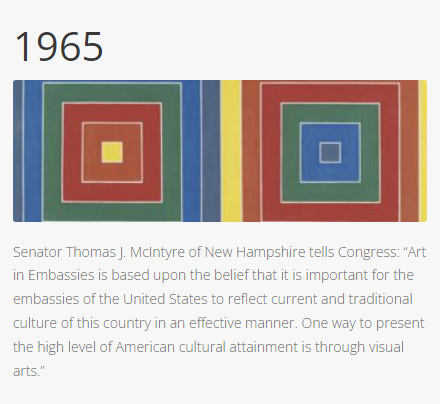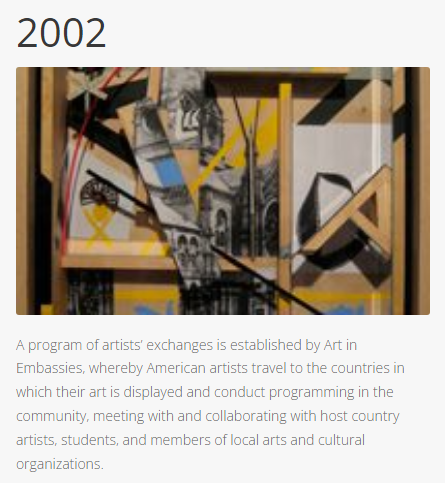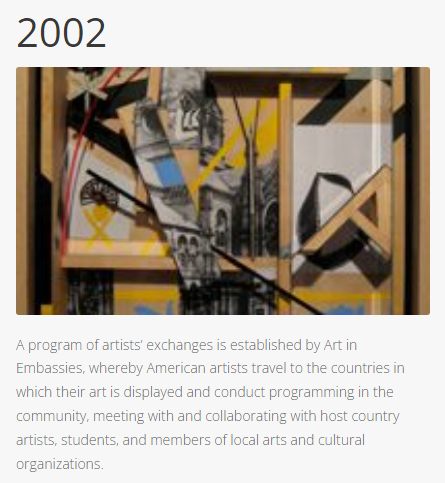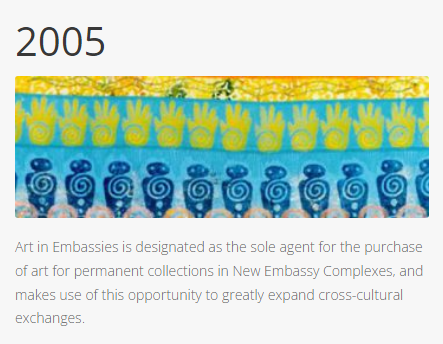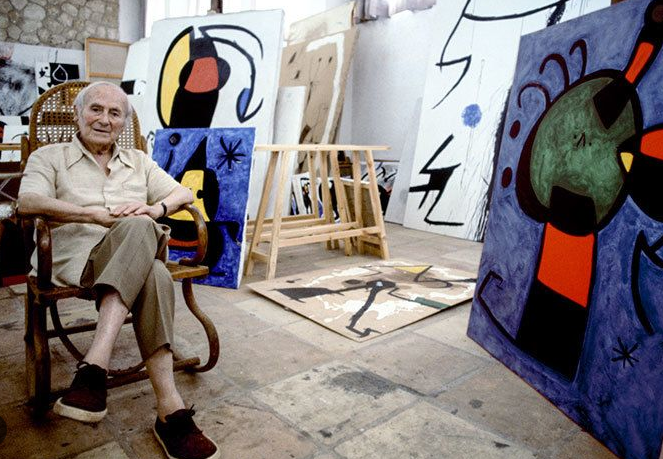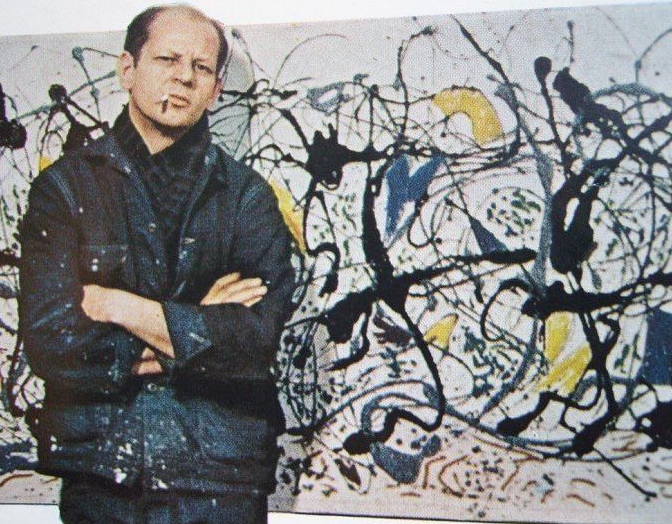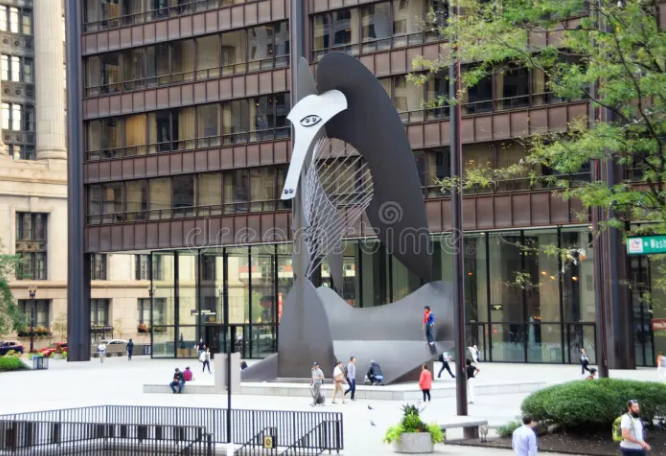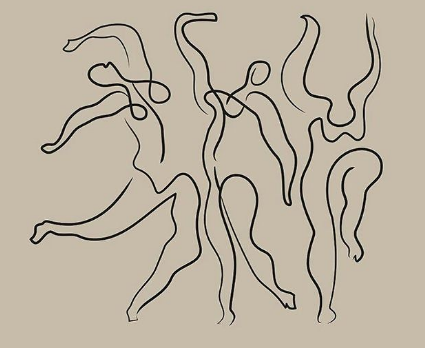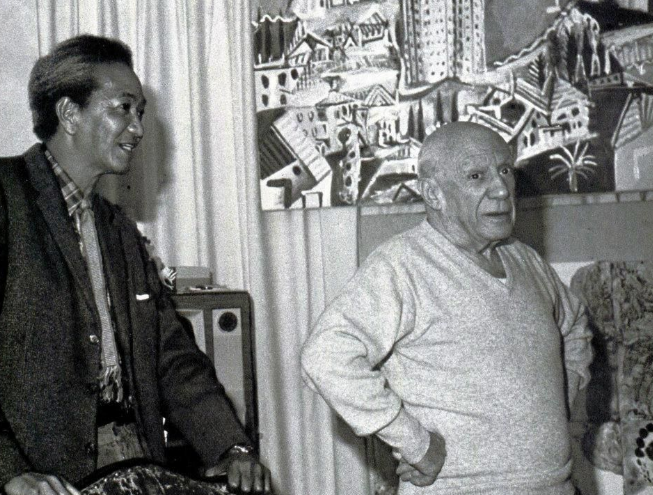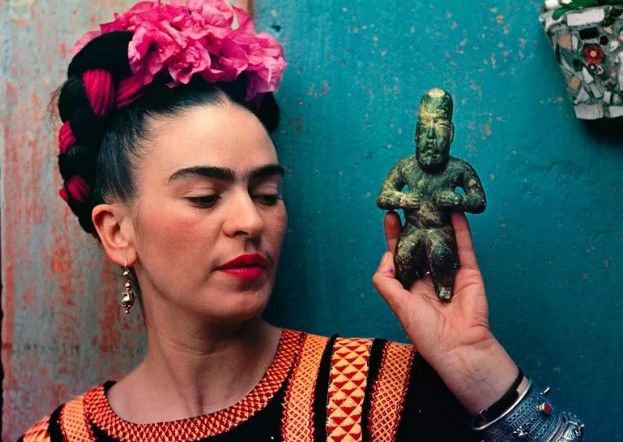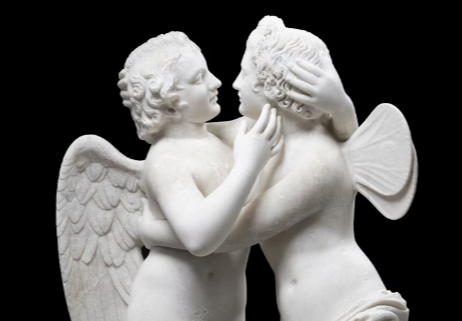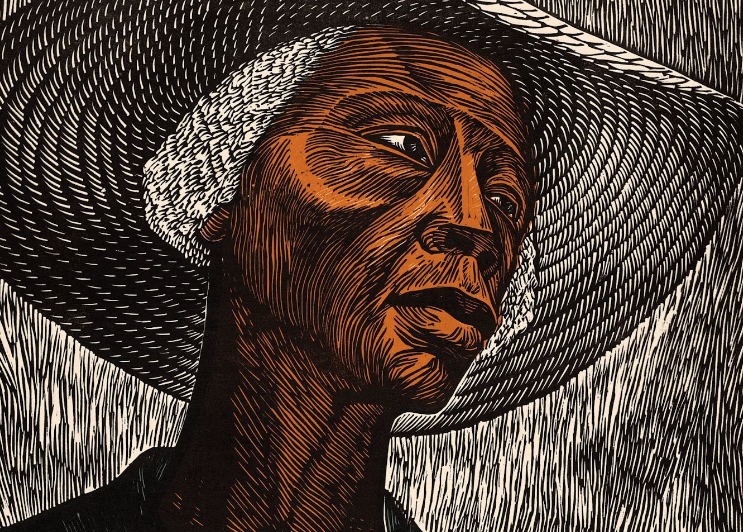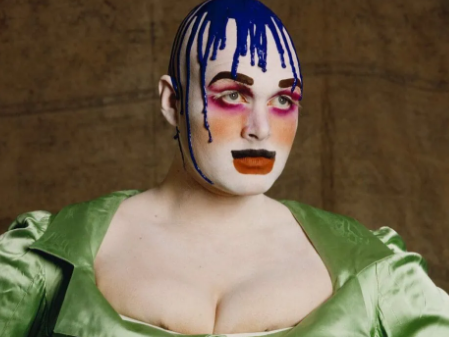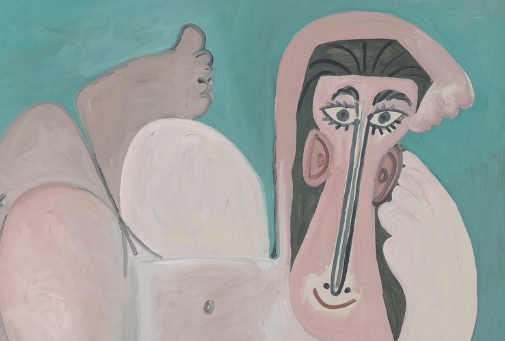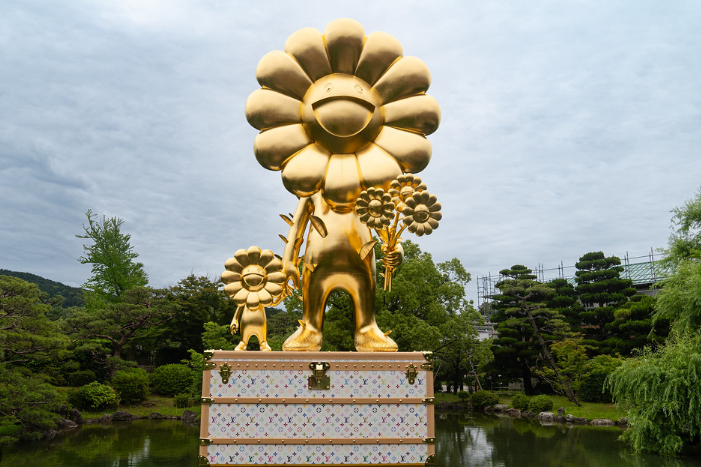Edward William's 2025 masterpiece, "Washington Crossing the Delaware," isn't merely a reinterpretation; it's a bold, revolutionary reimagining of Emanuel Gottlieb Leutze's iconic 1851 painting. While paying homage to the original's historical significance and enduring power, William's work transcends mere imitation, forging a new path through the landscape of art history with a distinctly modern and surreal sensibility.
By Maria Miller

Image Source : U.S.HRACP, NGO ( RGD )
Leutze's horizontal panorama, a staple of American iconography, is dramatically transformed by William into a vertical composition. This simple yet profound shift alters the viewer's perspective, forcing a more intimate engagement with the scene and its figures. Gone is the sweeping grandeur of the original; in its place is a focused intensity, a claustrophobic intimacy that amplifies the drama and tension inherent in the crossing.
William's limited palette of blues, grays, browns, and reds further contributes to this altered atmosphere. The muted tones, eschewing the brighter hues of Leutze's romanticism, lend a sense of solemnity and even foreboding. The colors are not merely descriptive; they structure the space, guiding the eye and shaping the emotional impact of the piece. The figures themselves, rendered with a masterful attention to detail, appear both familiar and strangely alien within this reconfigured landscape.
The artist's description evokes a blend of surrealism and modern art, suggesting a departure from straightforward historical representation. The phrase "primal energy of the hunt" hints at a deeper, perhaps subconscious, meaning layered beneath the surface of the historical narrative. This is not merely a depiction of a historical event; it is a symbolic exploration of human endeavor, fraught with peril and uncertainty. The "dreamlike essence of surrealism" promises a journey beyond the literal, inviting the viewer to engage with the painting on multiple levels.
William's "Washington Crossing the Delaware" is more than a beautiful painting; it is a statement. It's a testament to the enduring power of artistic reinterpretation, a demonstration of how a familiar image can be recontextualized and re-evaluated to reveal new layers of meaning. It challenges us to look beyond the surface, to question our assumptions about history and art, and to embrace the transformative power of creative vision. By stepping into the enigmatic world of Edward William, we embark not just on a viewing experience, but on a journey of artistic discovery. This is not just a painting; it's a portal to a new understanding of an iconic moment in history.



